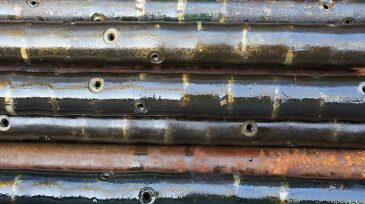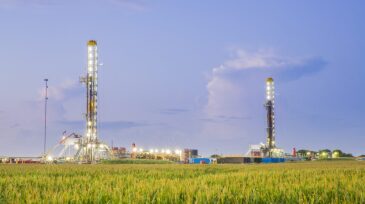unconventional resources
-
With Over 200 Shale Well Installs, This Slug-Smoothing Lift Technology Is Boosted By Schlumberger JVSlug flow has made the life of an unconventional production engineer a bit complicated, but a new downhole technology may smooth things right out by solving some big artificial lift problems for the shale sector.
-
A new process system compatible with all types of drilling rigs is opening the door to wider adoption of drilling automation in North America’s shale sector.
-
OPEC has renewed its effort to prop up global crude prices, but the impact may also drive US production higher.
-
The quick turnaround times and low-risk nature of shale developments need to be replicated in the deepwater business, according to the CEO of Murphy Oil.
-
Shale explorers in Argentina are reporting that improving performance and activity is set to rise this year to boost the country’s gas production.
-
Argentina President Mauricio Macri visited with oil and gas companies in Houston to emphasize that his country’s reforms are making it increasingly attractive for upstream investing.
-
This paper analyzes water production from horizontal shale wells in five sections of the Wattenberg field in northeastern Colorado. Models were developed for these wells for future water-production prediction and a spatial analysis was also conducted.
-
A new spread of stimulation equipment from the world’s largest service company demonstrates the latest significant step to creating a more automated oilfield.
-
In North America’s most active shale fields, the drilling and hydraulic fracturing of new wells is directly placing older adjacent wells at risk of suffering a premature decline in oil and gas production.
-
A Houston-based energy consultancy concludes that a series of downturn deals have contributed more to the resiliency of the US shale sector than a rise in oil prices.










